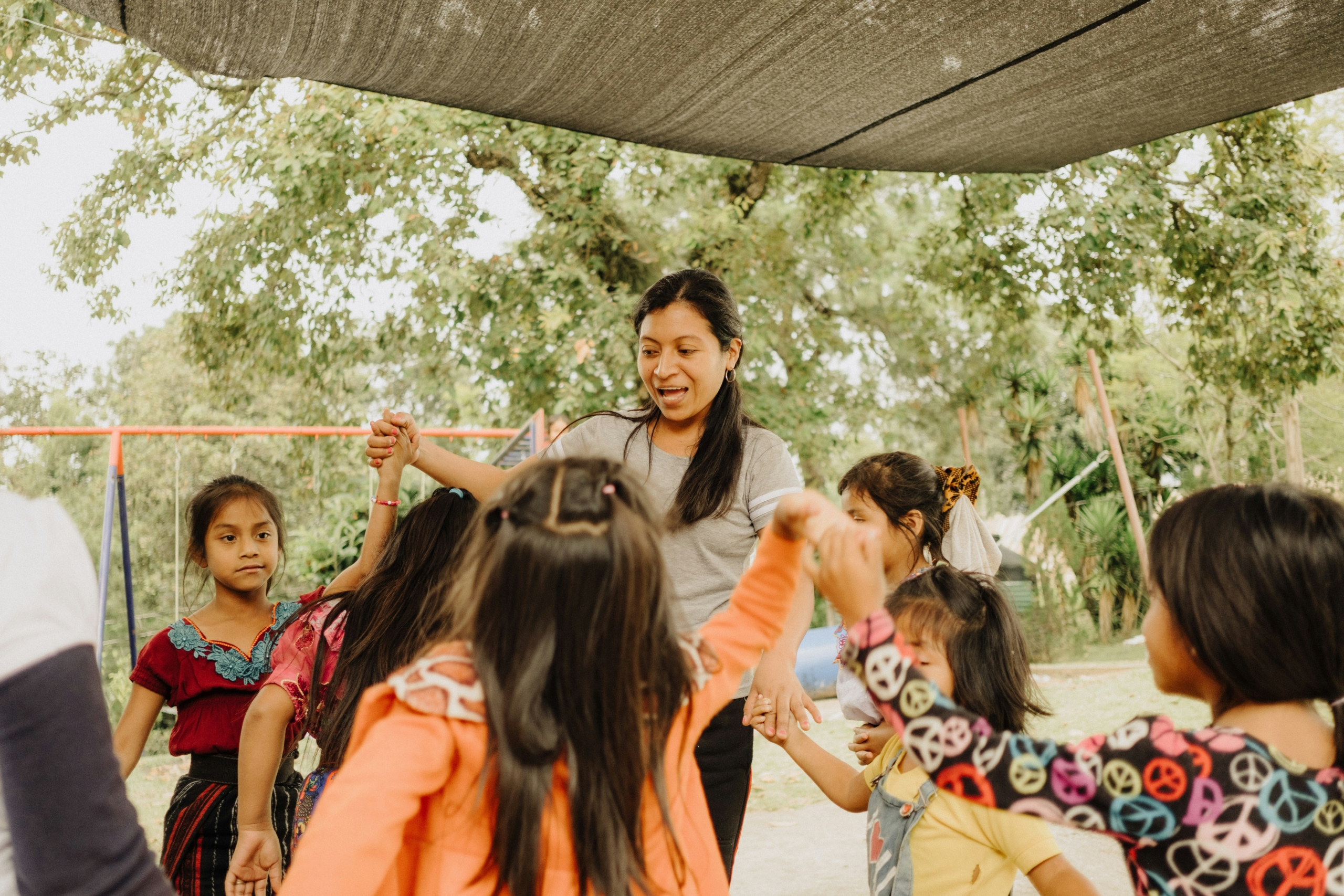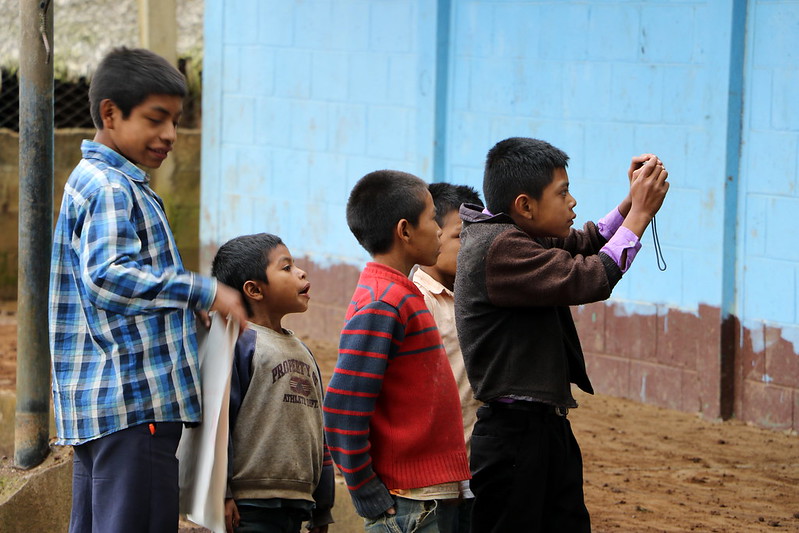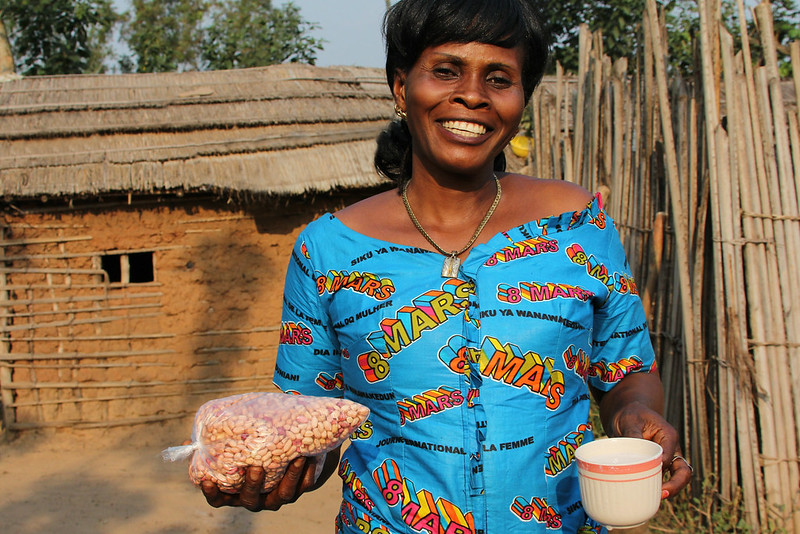 Kenya is a country in West Africa that has experienced a significant decline in poverty in recent years. This reduction is due to health improvements in rural Kenya. This has been achieved with the interventions of nongovernmental organizations (NGOs) such as Core Health and Wealth International (CHW). Both organizations run programs that educate and assist pastoral populations.
Kenya is a country in West Africa that has experienced a significant decline in poverty in recent years. This reduction is due to health improvements in rural Kenya. This has been achieved with the interventions of nongovernmental organizations (NGOs) such as Core Health and Wealth International (CHW). Both organizations run programs that educate and assist pastoral populations.
The Situation
Like many developing nations, Kenya experiences poverty and its consequences on a large scale. To clarify, in 2005, poverty levels in rural parts of the country were around 50%, but in 2016 these levels fell to about 38.8%. It is also important to note that the rates of poverty in rural areas are about 6.5 times that of urban areas.
Kitchen Gardens
One important CHW program is its work in educating rural populations on how to grow and maintain kitchen gardens successfully. The goal of this program is “to promote a healthier organic living to vulnerable communities who have small pieces of land.” To achieve this goal, CHW supplies seedlings and conducts training on how to build and maintain multi-story, keyhole or raised bed gardens.
This method of farming is suitable for those living on small plots of land. It creates a small farm that can grow a variety of crops. Through this program, more than 200 rural citizens have grown enough to feed themselves and then some. The results of this program have led to food security, increased immunity through nutrition and profitable gardens.
Sericulture
Another important program that CHW began in rural Kenya is the introduction of sericulture. Sericulture is the practice of raising silkworms through their development stages in order to eventually harvest, process and weave silk. In this program, silkworms are raised on mulberry trees, which not only provide food for silkworms but also aid in soil conservation.
CHW partnered with the Kenya Agricultural and Livestock Research Organization (KALRO) to educate farmers about “sericulture techniques, crop management and silk processing.” Since sericulture is a sustainable and eco-friendly way of developing in-demand silks and silk blends, it is an excellent mode of economic growth for rural Kenyans. This creates wealth for farmers, weavers, garment producers and more. When wealth is created, it also creates strong health improvements in rural Kenya, as citizens are able to afford nutritious foods, medical treatments and other sanitary necessities.
Vaccinations
In Western Kenya, rabies is spread to both people and livestock, mostly through dogs across rural areas. In such pastoral locations, it is difficult to maintain the refrigeration that vaccines require, so most victims of rabies bites must travel long distances on rough roads to receive necessary treatment. However, in a recent effort to reduce rabies levels, CHW collaborated with Boehringer Ingelheim. Together, they implemented the Making More Health initiative to find an innovative solution to rural Kenya’s rabies problem.
The solution unfolded with the help of Zipline, the world’s largest delivery system, which used drones to deliver packages full of vaccines and VacciBox, which utilizes solar power to run refrigerators. On the first day of this drone-to-refrigerator delivery, 2,000 dogs were vaccinated across counties in Western Kenya. This is only the beginning of an extensive movement to reduce rabies levels and is an excellent example of the health improvements in rural Kenya that CHW aims to achieve.
A Sustainable Future in Rural Kenya
Thanks to CHW’s tireless efforts, rural citizens in Kenya have seen improvements in agriculture, production and access to vaccines. Additionally, they have received assistance in education, period poverty and sanitation. Organizations like CHW, which address all aspects of rural poverty, are making significant contributions to health improvements in rural Kenya.
– Carlie Duggan
Carlie is based in Newtown, PA, USA. and focuses on Technology and Global Health for The Borgen Project.
Photo: Wikimedia Commons
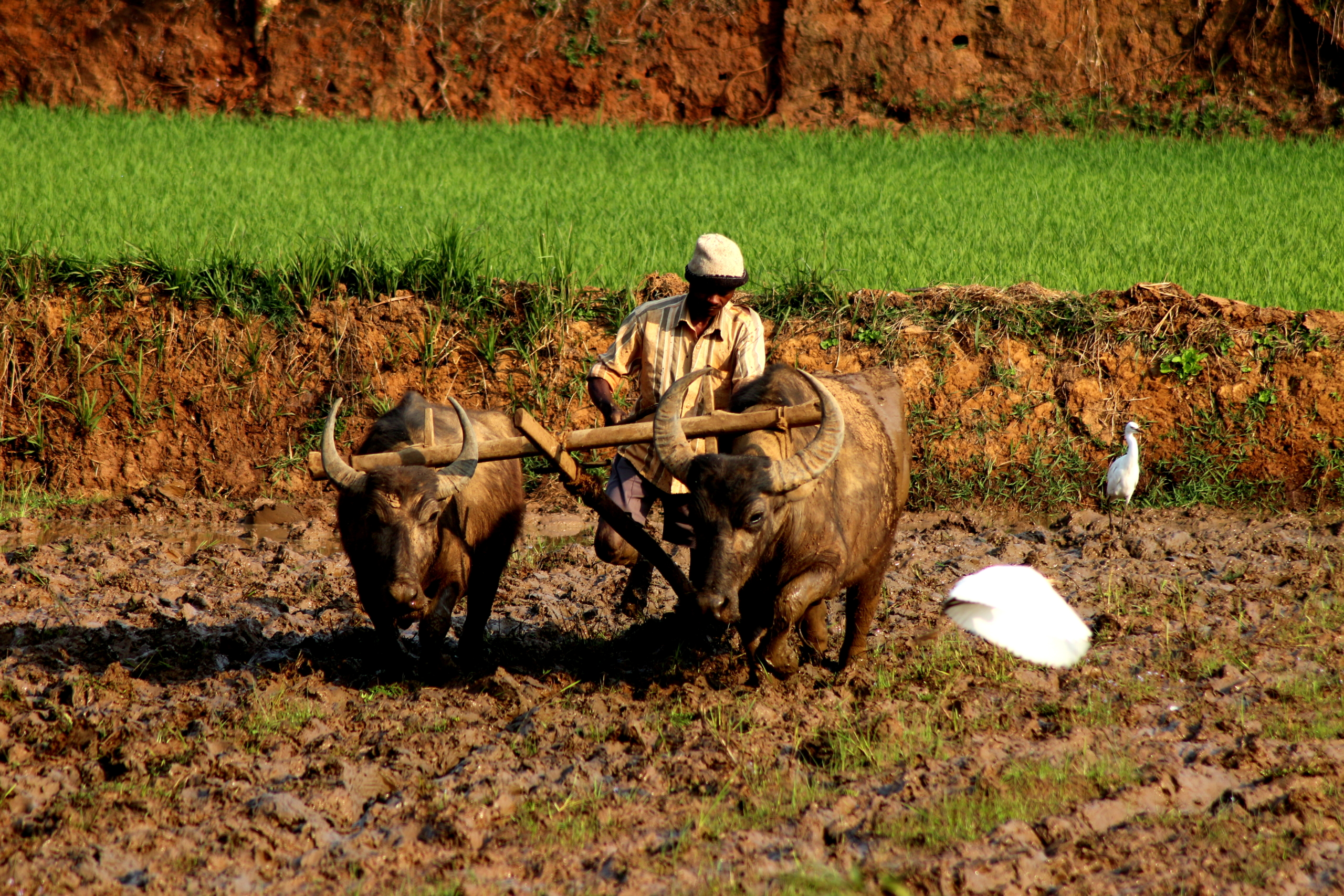

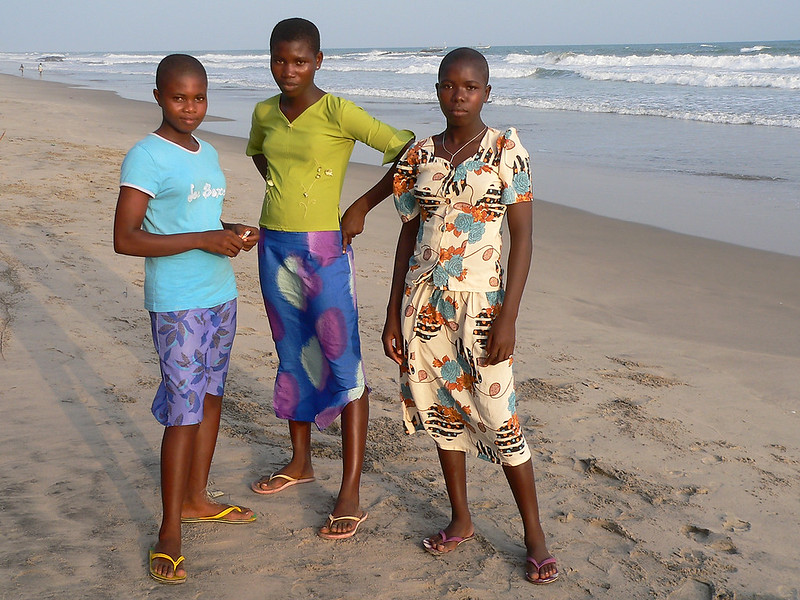 Period poverty, a significant issue in Ghana, describes the inability of women to afford menstrual products, which can significantly impact various aspects of their lives. The absence of basic sanitary needs often prevents individuals from attending work or school, adversely affecting the prospects of
Period poverty, a significant issue in Ghana, describes the inability of women to afford menstrual products, which can significantly impact various aspects of their lives. The absence of basic sanitary needs often prevents individuals from attending work or school, adversely affecting the prospects of  Ongoing conflicts in Sudan, Syria and Yemen have devastated public health institutions and affected millions. In Sudan, more than two-thirds of main hospitals are out of service, leaving
Ongoing conflicts in Sudan, Syria and Yemen have devastated public health institutions and affected millions. In Sudan, more than two-thirds of main hospitals are out of service, leaving  Financial assistance schemes in Singapore aim to help low-income families equip their children for future success. Despite challenges in measuring poverty within Singapore, data reveals that the country ranks
Financial assistance schemes in Singapore aim to help low-income families equip their children for future success. Despite challenges in measuring poverty within Singapore, data reveals that the country ranks 
